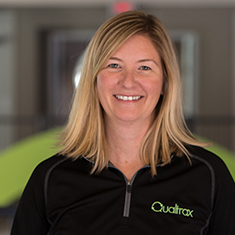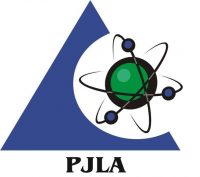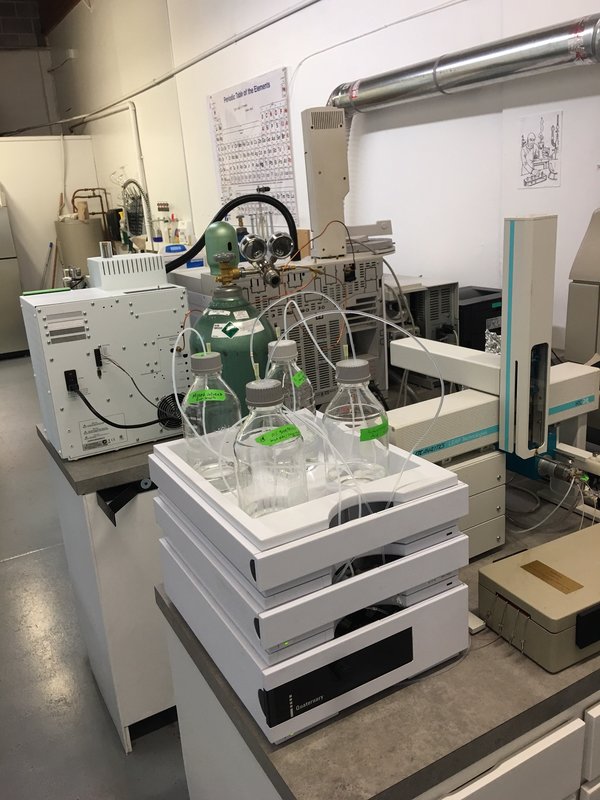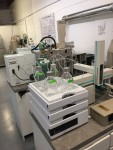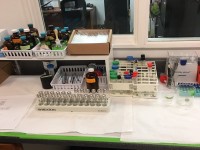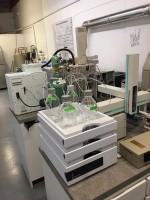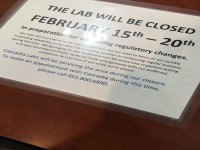Have you paused to consider that quality assurance is a moving target rather than a destination? It is culture within a company that requires constant improvement and change, rather than the work of a select few to reach one defined end goal. Quality, therefore, is not a box that must simply be checked but an overarching and driving force propelling organizations forward.
For those within the cannabis industry and specifically cannabis testing labs, quality assurance is critical to having a successful and thriving business within the rapidly evolving industry. Dr. Kim Ross, who earned her Ph.D. at the University of Colorado in Molecular Biology, and also has worked with multiple cannabis labs, says, “It is not that often that you get a new testing industry born these days and people are scrambling to borrow processes from other industries and apply these to the cannabis industry.” Those within cannabis testing labs are looking towards established industries like water and food testing labs to serve as a quality assurance beacon. Ross elaborates:
The cannabis industry is operating in the absence of federal oversight. If you think about it, the water, food, and pharmaceutical industries have federal oversight. In lieu of that, it is up to states to adopt regulatory practices and enforcement strategies to uphold a level of compliance and data defensibility that these types of regulators have seen in their careers working in the FDA, EPS, NELAC or ISO.
For cannabis testing labs, the stakes are high. First, there is the need to keep up with the rapidly evolving industry climate as more and more states and governing bodies are setting requirements and expectations for quality and compliance. It is in nobody’s best interest to fall behind or be a late adopter to the increasingly regulatory compliance environment.
Additionally, untrustworthy data sets can have detrimental impacts on people and patients. Medical applications of cannabis require specific results in order to ensure the safety of patients, many of which are immunocompromised. Beyond damage to people and patients, businesses themselves can be hurt if a cannabis testing lab were to present inaccurate or flawed data sets. Ross shared hypothetical examples of potential negative impacts:
If, for example, you fail a product for microbiology based on false-positive results then it incurs damages to the client because now their product can’t go to market. Additionally, falsely inflated THC results are also a huge problem in the industry, and can result in downstream problems with edible dosing or consumer satisfaction.
A quality assurance system can minimize risk and maximize adherences to proper procedure, resulting in reliable data. Recalls, product issues and lawsuits cost organizations tremendous amounts of time and money, both to manage the problem at hand and prevent future incidents. Not to mention, the immeasurable damage done to the brand & industry by being viewed as untrustworthy–especially as a consumable product. “Ensuring data defensibility and data integrity protects the laboratory from lawsuits,” says Ross. “That is a really important piece of a quality assurance system for a laboratory.”
One common misconception is viewing quality assurance as a cost center rather than a profitability maximizer. A robust quality assurance system is a competitive advantage–especially for those who are not yet mandated to be compliant to a particular standard, like ISO/IEC 17025, but choose to pursue that accreditation knowing it reflects reliability. In many ways, quality assurance can be summarized as “say what you do, and do what you say”, with a willingness to allow third-party confirmation of your commitment and practice. “Accreditation gives an unbiased stamp of approval that helps ensure data defensibility in the laboratory,” affirms Ross.
Accreditation as a result of quality assurance ultimately leads to reliable and trustworthy data sets. Ross shared:
It might appear to be easy to buy expensive instrumentation, accept samples, and produce data. There are so many ways to do that, some of which are incorrect, and therefore accreditation is really an opportunity to have professionals evaluate methodology and post-analytical data processing to ensure that it is scientifically sound. It is an opportunity for a laboratory to be confident that their processes and reporting procedures are robust and error free.
Remember: this is a new industry. There aren’t firmly established methods and procedures like other legacy industries. “We are operating in a time and space where there is no standard methodology and that makes oversight by a third party even more important,” shares Ross. When a company opts to pursue accreditation they are indicating a willingness to be honest and transparent with their business processes, procedures, outcomes and data. Accreditation, therefore, is necessary for this emerging industry. Having a robust, inclusive quality assurance system in place will ease and quicken their pursuit of accreditation.The stress on an audit day when there is a digitized system is vastly lower than a system that is printed and physically maintained.
Not all quality assurance systems are created equal. There are still some companies seeking to implement systems that lack the modernization necessary to truly propel them forward towards continuous improvement and scalability. Quality assurance software with widespread use and adaptation across organizations is both scalable and in support of continuous improvements. Binders, rows of filing cabinets and complicated excel spreadsheets are not a scalable backbone for a quality system.
Beyond the accessibility and traceability that a digital system creates, it also protects. “We can protect that data with credentialed logins for key personnel and have information at our fingertips to reduce the regulatory stress on all personnel,” says Ross. The stress on an audit day when there is a digitized system is vastly lower than a system that is printed and physically maintained.
For those in the cannabis industry, specifically cannabis testing labs, there is an unequivocal advantage to implementing a system that supports continuous improvement, reliable data sets and the very best in business practices. Doing so will help sustain and grow the industry, and could be pivotal in transforming the production, market and research of cannabis.

